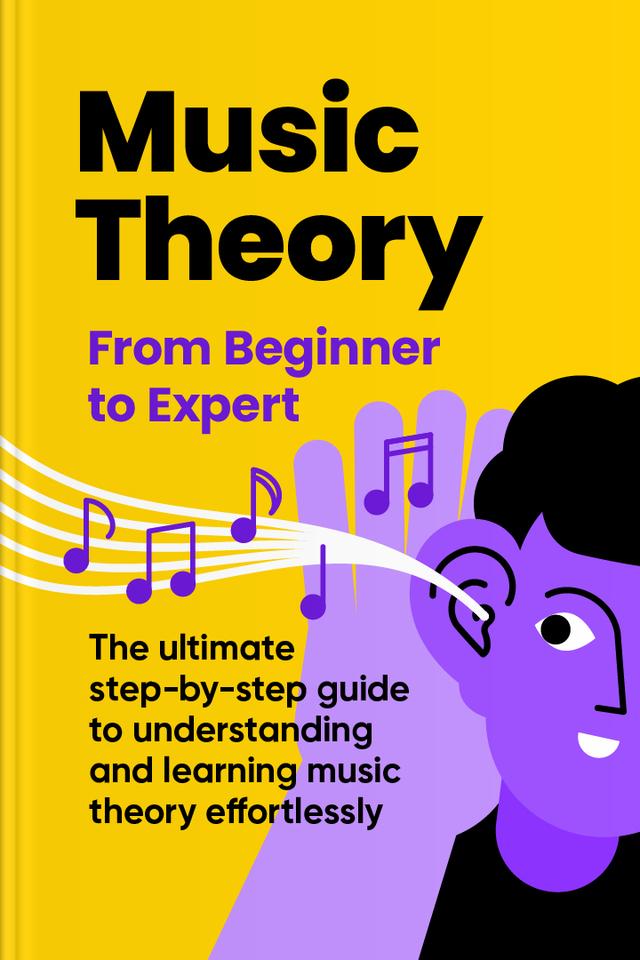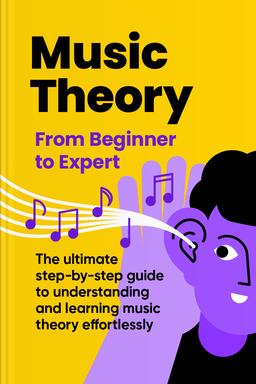You’ll learn
- How to add spice to your melodies
- Which instrument is the best to learn music theory with
- How to hone your sense of rhythm
- The essential musical principles and how to apply them
russia has launched a full-scale war in Ukraine. Donate to support Ukraine and protect the world’s peace.

first KEY POINT
Let's get acquainted with such terms as tone, timbre, sound, note, and pitch. As you might have learned during physics lessons, the sound is a wave that travels through some physical matter like water and air. Sound possesses such characteristics as frequency, which is the number of waves generated in one second. Sound frequency born by some musical instrument or a person's vocal cords is called pitch. The higher the frequency — the higher the pitch or sound of particular objects. Vice versa, the lower the frequency — the lower the pitch. People divided specific pitches into categories and called them notes. Each note has unique characteristics and is assigned to a certain letter from A to G.However, the same note can sound differently if produced by various objects. It will still have the same pitch, but our perception of this note will change. For example, the same note played on the piano and on the guitar will have the same frequency, but its sound will vary. This phenomenon is called timbre. We can also call it tone. People frequently confuse tone with different terms because it is synonymous with some of them. We can even call a note a tone. But actually, people can hear a pure note only from a digital resource and in an isolated room. The notes we hear from musical instruments include different frequencies that our brains recognize as roughly one frequency.
Understanding music theory to express yourself properly through music and follow it while listening to your favorite composers is essential. You can compare music to language because it has different rules, exceptions, complications, and accents (notes played on different instruments). To learn something is to practice it, right? Music theory helps you become an active listener who recognizes the harmony of the melody and understands its beauty and value. If you want to listen to music consciously or get a good start on playing any musical instrument, this summary is perfect for you!Did you know? People's voices are also divided into timbres, such as soprano, alto, tenor, bass, and baritone.
second KEY POINT
The western musical system presents 12 notes: A, A# = Bb, B, C, C# = Db, D, D# = Eb, E, F, F# = Gb, G, G# = Ab.To get a clearer picture of the further explanations, google the image of the piano keyboard with the notes depicted on it.The symbol “#” (hashtag or pound) is called sharp and means a particular note is raised. The symbol “b” is called flat and implies that the note is descended. A note's sharp is equal to the flat of the following note, meaning that C# is the same as Db, and so on. But there are some exceptions in this system. You might have noticed that there are no #s and bs between E and F, and B and C. Looking at a piano keyboard, you will see white and black keys. All black keys are the notes with #s and bs. Music also has such notions as tone and semitone used as note descriptions. A semitone is an interval between each note, like between A and A# (Bb) or E and F. Tone is when two semitones are between the notes, like C# (Db) between C and D. So, you have to move from C to C# (Db) and then from C# to D to make a tone.But the piano keyboard is quite long and usually comprises 88 keys, while we have 12 notes. Well, these notes repeat all the time, but depending on the direction we move across the keyboard, they sound either higher or lower. It is called a register, and each register contains 12 notes.

Continue reading with Headway app
Continue readingfirst KEY POINT
second KEY POINT
third KEY POINT
fourth KEY POINT
fifth KEY POINT